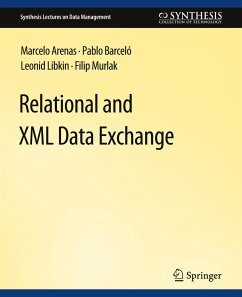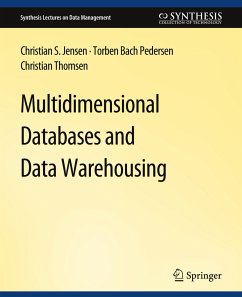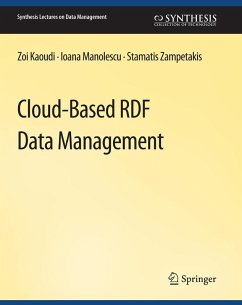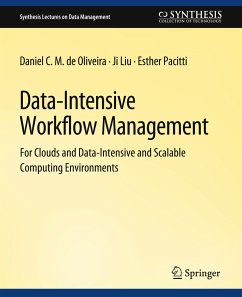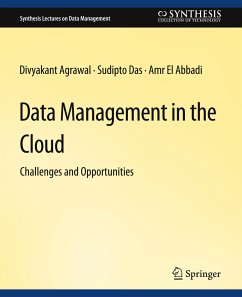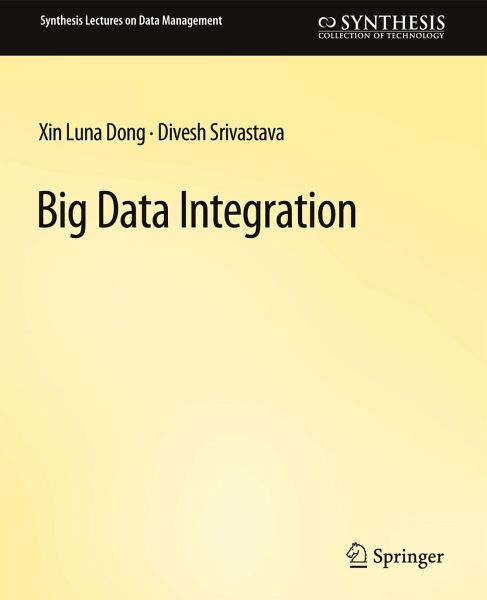
Big Data Integration

PAYBACK Punkte
0 °P sammeln!
The big data era is upon us: data are being generated, analyzed, and used at an unprecedented scale, and data-driven decision making is sweeping through all aspects of society. Since the value of data explodes when it can be linked and fused with other data, addressing the big data integration (BDI) challenge is critical to realizing the promise of big data. BDI differs from traditional data integration along the dimensions of volume, velocity, variety, and veracity. First, not only can data sources contain a huge volume of data, but also the number of data sources is now in the millions. Seco...
The big data era is upon us: data are being generated, analyzed, and used at an unprecedented scale, and data-driven decision making is sweeping through all aspects of society. Since the value of data explodes when it can be linked and fused with other data, addressing the big data integration (BDI) challenge is critical to realizing the promise of big data. BDI differs from traditional data integration along the dimensions of volume, velocity, variety, and veracity. First, not only can data sources contain a huge volume of data, but also the number of data sources is now in the millions. Second, because of the rate at which newly collected data are made available, many of the data sources are very dynamic, and the number of data sources is also rapidly exploding. Third, data sources are extremely heterogeneous in their structure and content, exhibiting considerable variety even for substantially similar entities. Fourth, the data sources are of widely differing qualities, with significant differences in the coverage, accuracy and timeliness of data provided. This book explores the progress that has been made by the data integration community on the topics of schema alignment, record linkage and data fusion in addressing these novel challenges faced by big data integration. Each of these topics is covered in a systematic way: first starting with a quick tour of the topic in the context of traditional data integration, followed by a detailed, example-driven exposition of recent innovative techniques that have been proposed to address the BDI challenges of volume, velocity, variety, and veracity. Finally, it presents merging topics and opportunities that are specific to BDI, identifying promising directions for the data integration community.







